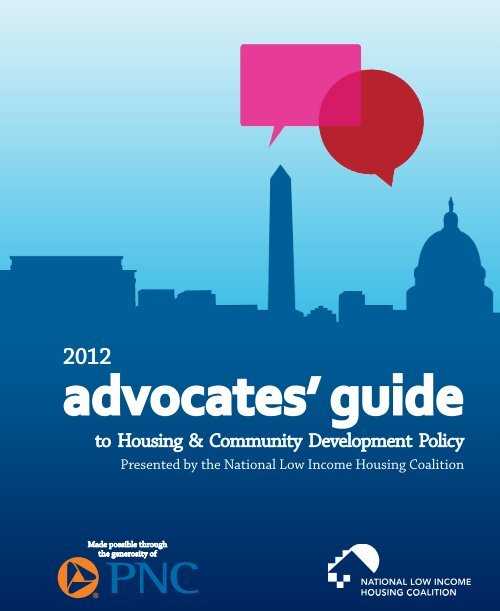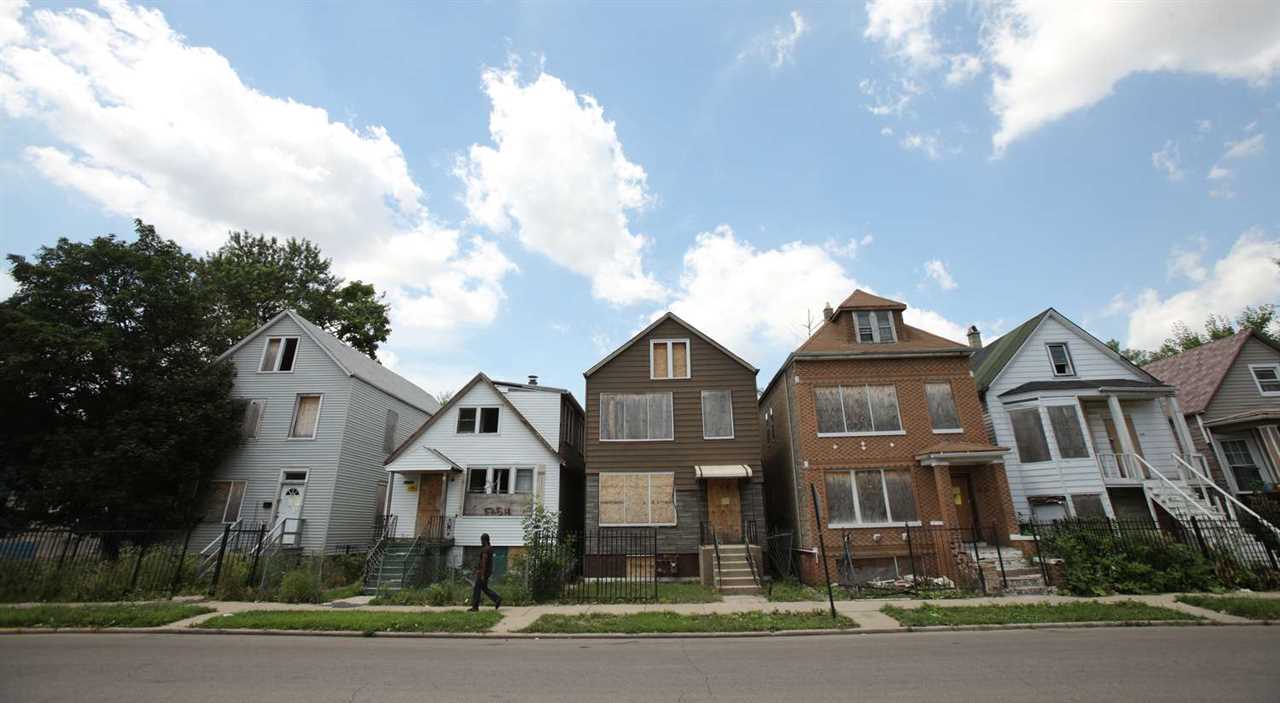Housing and Economic Recovery Act (HERA): Everything You Need to Know

The Housing and Economic Recovery Act (HERA) is a significant piece of legislation that was passed by the United States Congress in 2008. It was enacted in response to the subprime mortgage crisis and aimed to stabilize the housing market and promote economic recovery.
One of the key provisions of HERA is the establishment of the Federal Housing Finance Agency (FHFA), which has regulatory oversight over government-sponsored enterprises such as Fannie Mae and Freddie Mac. The FHFA was given the authority to place these entities into conservatorship, which effectively meant that the government took control of their operations.
Another important aspect of HERA is the creation of the Hope for Homeowners (H4H) program. This program was designed to help struggling homeowners refinance their mortgages into more affordable loans. It provided incentives for lenders to write down the principal balance of the existing mortgage and allowed borrowers to obtain a new loan with lower monthly payments.
The Impact of HERA

HERA had a significant impact on the housing market and the economy as a whole. By establishing the FHFA and placing Fannie Mae and Freddie Mac into conservatorship, the government was able to stabilize these entities and prevent their collapse. This, in turn, helped to restore confidence in the housing market and prevent further financial turmoil.
The H4H program provided much-needed relief for homeowners who were struggling to make their mortgage payments. By allowing them to refinance into more affordable loans, it helped to prevent foreclosures and keep families in their homes. This had a positive effect on the housing market, as it helped to reduce the inventory of distressed properties and stabilize home prices.
Conclusion
The Housing and Economic Recovery Act (HERA) was a crucial piece of legislation that played a significant role in stabilizing the housing market and promoting economic recovery. Through the establishment of the FHFA and the implementation of the H4H program, it provided much-needed relief for homeowners and helped to prevent further financial turmoil. While the effects of HERA may have been temporary, its impact on the housing market and the economy as a whole cannot be understated.
Overview of the Housing and Economic Recovery Act
The Housing and Economic Recovery Act (HERA) is a significant piece of legislation that was passed by the United States Congress in 2008. It was enacted in response to the subprime mortgage crisis and aimed to address the issues in the housing market and stimulate economic recovery.
Key Provisions of the HERA
The HERA introduced several key provisions to address the housing crisis and promote economic stability. Some of the notable provisions include:
- Foreclosure prevention measures: The HERA included provisions to help homeowners avoid foreclosure. It established the Hope for Homeowners (H4H) program, which provided refinancing options for borrowers facing foreclosure. Additionally, the HERA authorized funds for counseling and assistance programs to help homeowners navigate the foreclosure process.
- Strengthening mortgage regulation and oversight: The HERA introduced stricter regulations for mortgage lenders and servicers to prevent predatory lending practices. It also established the Nationwide Mortgage Licensing System and Registry (NMLS), which standardized the licensing and registration requirements for mortgage professionals.
- Support for community development: The HERA allocated funds for community development programs, including the Neighborhood Stabilization Program (NSP). These programs aimed to revitalize distressed neighborhoods and provide affordable housing options for low-income individuals and families.
Impact of the HERA

The HERA had a significant impact on the housing market and the overall economy. It helped stabilize the housing market by implementing measures to prevent foreclosures and promote affordable housing. The expansion of affordable housing programs provided more options for low-income individuals and families, while the foreclosure prevention measures offered relief to struggling homeowners.
The creation of the FHFA improved oversight and regulation of the housing GSEs, which played a crucial role in the subprime mortgage crisis. The stricter regulations for mortgage lenders and servicers helped prevent predatory lending practices and enhance consumer protection.

Emily Bibb simplifies finance through bestselling books and articles, bridging complex concepts for everyday understanding. Engaging audiences via social media, she shares insights for financial success. Active in seminars and philanthropy, Bibb aims to create a more financially informed society, driven by her passion for empowering others.
